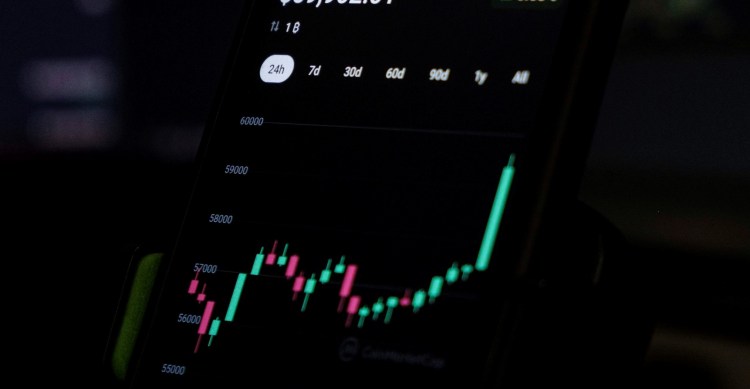As the Bitcoin price exhibits signs of recovery, climbing back above $90,000, the cryptocurrency community finds itself sharply divided. Some analysts believe this movement is merely a relief rally preceding another downturn, while others maintain that a bull market is still in play despite a recent 30% correction.
Current Data Suggests No Cycle Top
Market analyst OxChain went on social media platform X (formerly Twitter), focusing on on-chain data to shed light on the current market dynamics and what investors might expect in the near future. He argues that the recent downturn does not exhibit characteristics typical of a cycle top.
In October, Bitcoin reached the mid-$120,000 range before experiencing a subsequent decline of approximately 35%. Notably, this drop transpired without the hype, fervor, or speculation that usually accompany a market peak.
The loss of nearly $1 trillion in market value underscores the underlying challenges. As Ethereum (ETH) and mid-cap cryptocurrencies simultaneously declined, there wasn’t an evident frenzy of speculation driving the downturn. Instead, OxChain attributes the decline primarily to a drop in demand.
A slowdown in stablecoin creation and diminished inflows from exchange-traded funds (ETFs) have led to reduced buying activity. Derivatives traders have also stepped back, with funding conditions softening and open interest unwinding.
With market expectations recently leaning toward a potential interest rate cut in December, many buyers have opted to remain on the sidelines, preferring not to chase riskier assets. This hesitancy has led to a “fragile liquidity environment,” the analyst asserted.
OxChain notes that even medium-sized orders can cause price changes of several percentage points due to the scarcity of resting bids. An examination of order book snapshots reveals that market depth has been waning during active trading periods, leading to a scenario where the market appears to be “running on fumes.”
Bitcoin Market Struggles Without Conviction
The situation in the derivatives market further supports this cautious outlook. Volatility has risen, with traders now leaning toward protective measures rather than building long positions.
Interestingly, interest in futures contracts has decreased even amid small relief rallies, indicating that many traders are hesitant to take on larger positions.
OxChain highlights a crucial trend: without leveraged conviction, market trends often struggle to gain momentum. On-chain data shows a more cautious sentiment among investors rather than outright fear.
While the coin days destroyed (CDD) metric has risen due to older coins moving, much of the long-held Bitcoin remains with patient holders who are not in a rush to sell.
Furthermore, the adjusted spent output profit ratio (aSOPR), hovering near 1, signals that there is neither extensive profit-taking nor widespread panic selling taking place.
The analyst identified that the majority of selling activity has come from mid-term holders, contributing to a muted and indecisive market flow.
Additionally, institutional investors remained relatively inactive throughout November. Significant outflows were reported in both Bitcoin and Ethereum ETFs, which further contributed to the current state of the market. OxChain concluded his analysis by saying:
The broader bullish narrative isn’t gone, but the near-term setup is fragile. Until a strong catalyst appears, expect a wandering market that drifts, chops, and tests lower levels.
When writing, the leading cryptocurrency was trading just above the $91,550 level, recording a 4% price recovery in the 24-hour time frame.
Featured image from DALL-E, chart from TradingView.com



















+ There are no comments
Add yours